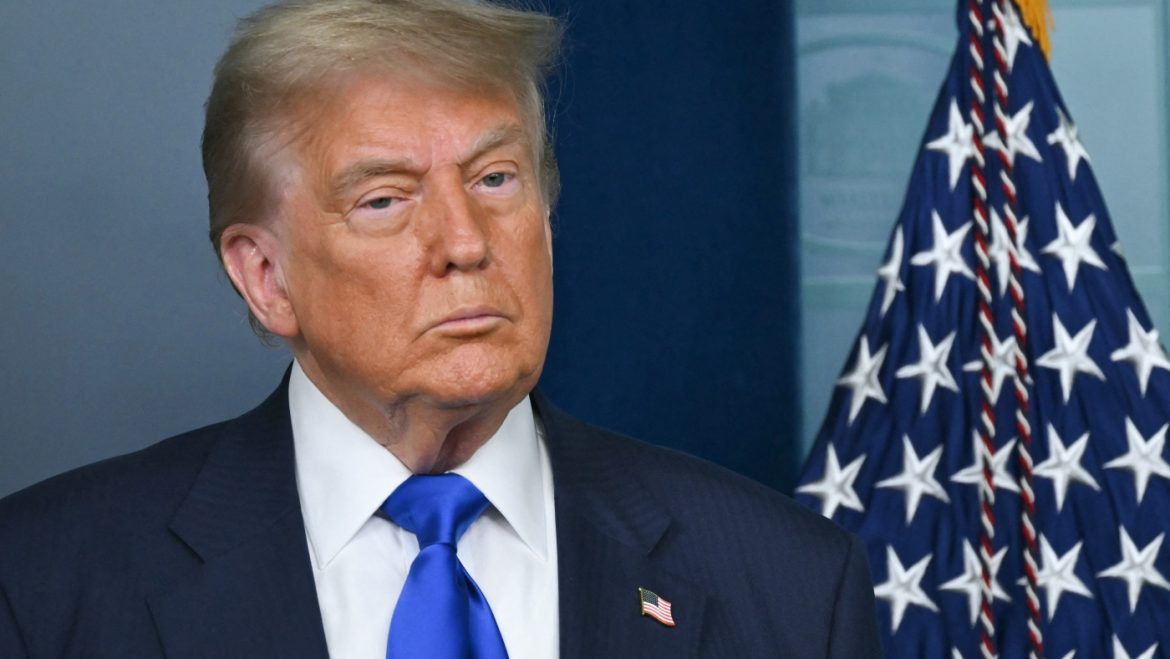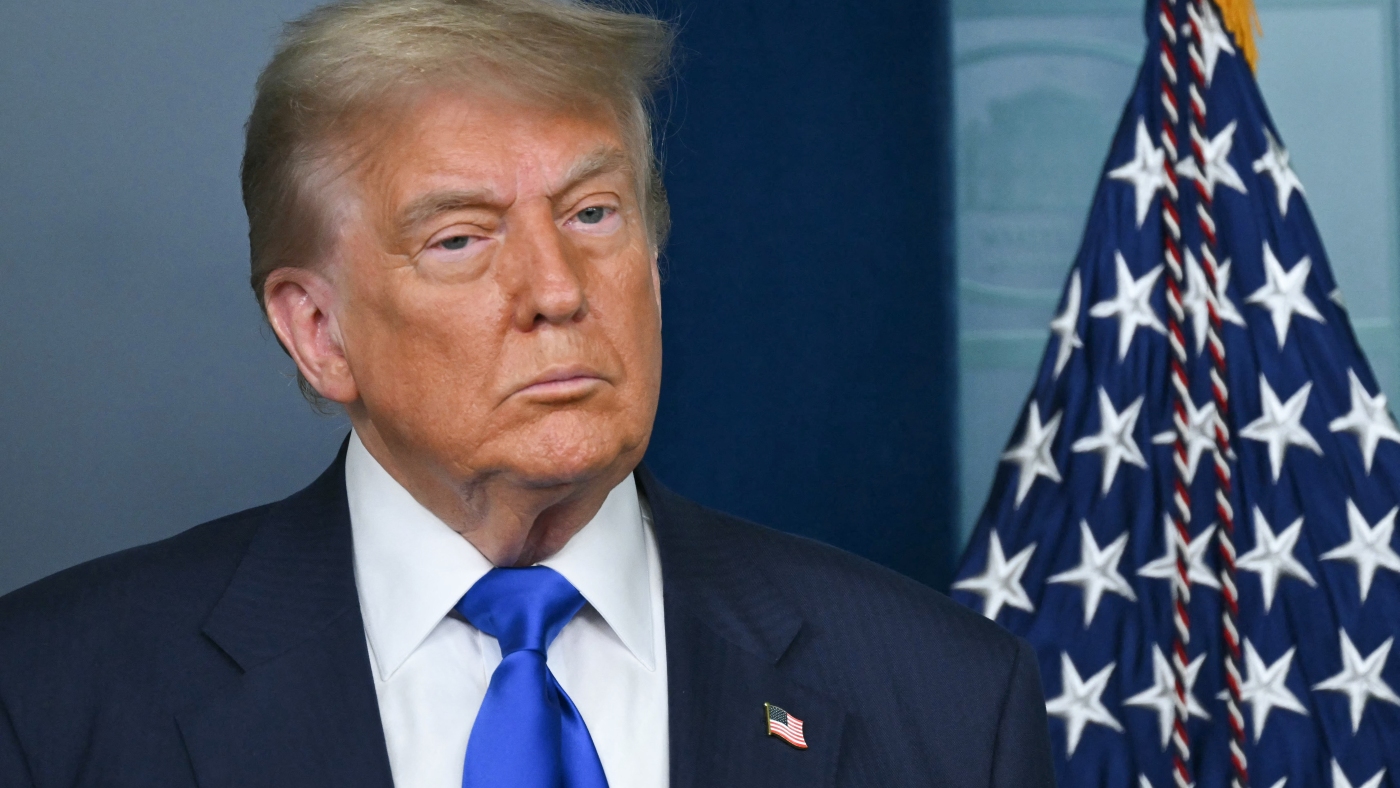The Supreme Court’s recent decision concerning birthright citizenship has sparked significant debate, not for its direct ruling on the executive order itself, but for its profound impact on the judicial tool known as the universal or nationwide injunction. This ruling fundamentally reshapes the authority of federal judges to block executive actions broadly, effectively limiting the courts’ ability to halt policies for the entire country based on challenges filed by a single or a few states. This decision marks a pivotal moment in the balance of power among the branches of government, with far-reaching implications for federal policy enforcement and judicial oversight.
Understanding Universal Injunctions
Universal injunctions are court orders that prevent the government from enforcing a law, regulation, or policy against not just the plaintiff in a lawsuit, but against everyone nationwide. Unlike typical injunctions that affect only the parties involved in a case, universal injunctions extend their reach across the entire country. This broad application has made them a powerful tool in the judicial arsenal, allowing a single judge to halt a federal policy nationwide based on a challenge from a limited number of plaintiffs.
Historically, universal injunctions can be traced back over a century, with the U.S. Supreme Court itself having issued such injunctions on occasion. For instance, in the 1913 case of *Hoke v. United States*, the Supreme Court issued a universal injunction involving federal statutes. However, their use surged more visibly in recent decades as a potent judicial remedy, often employed by federal district courts to block executive orders or federal laws pending legal challenges. This surge has led to a significant increase in the number of universal injunctions issued, particularly in cases involving controversial executive actions.
The Power and Controversy of Universal Injunctions
Universal injunctions grant significant power to individual judges. When a single court declares a government policy unlawful and issues a nationwide injunction, it stops the policy’s enforcement everywhere—even where no party has directly challenged the action. This can result in conflicting rulings if different courts issue varying injunctions, or it can halt entire federal initiatives prematurely. The broad reach of these injunctions has sparked intense debate among legal scholars and practitioners.
Critics argue that universal injunctions encourage several problematic practices:
– Forum shopping: Plaintiffs seek out sympathetic courts likely to grant sweeping relief. This practice allows litigants to choose jurisdictions where they believe they have a better chance of obtaining a favorable ruling, potentially undermining the impartiality of the judicial process.
– Judicial overreach: Single judges impose nationwide policy decisions without broad consensus. This can lead to situations where a single judge’s interpretation of the law affects millions of people across the country, raising concerns about the democratic legitimacy of such decisions.
– Legal instability: Nationwide injunctions disrupt the uniform administration of federal laws until an appellate decision is made. This can create a patchwork of legal standards and enforcement practices, leading to confusion and inconsistency in the application of federal policies.
Supporters of universal injunctions, however, contend that they protect individuals across the country from unlawful federal actions, ensuring swift, uniform relief when policies violate constitutional or statutory rights. They argue that these injunctions are necessary to prevent harm to large numbers of people who might otherwise be affected by an unconstitutional policy. Additionally, supporters point out that universal injunctions can provide a more efficient means of resolving legal disputes, as they allow a single court to address the constitutionality of a policy in a comprehensive manner.
The Supreme Court’s Recent Decision: Limiting the Scope
In the case tied to President Trump’s executive order concerning birthright citizenship, the Supreme Court avoided ruling on the policy’s merits but decisively curtailed the use of universal injunctions. The key outcomes of this decision are significant:
– The court ruled that federal district courts do not have broad authority to issue nationwide injunctions halting executive actions. This decision limits the ability of lower courts to issue injunctions that extend beyond the parties directly involved in the lawsuit.
– Injunctions should instead be more narrowly tailored, generally applying only to the parties directly involved in the lawsuit. This shift aims to ensure that judicial relief is more closely aligned with the specific harm suffered by the plaintiffs, rather than extending to the entire country.
– The majority opinion, authored by Justice Amy Coney Barrett, emphasized that universal injunctions exceed the equitable authority Congress has conferred to federal courts. This interpretation reflects a conservative judicial philosophy that favors limited judicial interference in executive affairs and emphasizes strict interpretation of courts’ equitable powers granted by Congress.
– This ruling forces lower courts to reconsider and potentially scale back some injunctions that have nationwide effect. It also sets a precedent for future cases, encouraging judges to exercise greater restraint when considering the scope of injunctive relief.
The Impact on Executive Orders and Federal Policy
For the Trump administration and future executive branches, this ruling is a legal victory. It grants greater leeway in implementing and enforcing policies without the threat that a single district court could halt them nationwide. Plaintiffs challenging federal actions must now contend with more localized injunctions, necessitating multiple suits in different jurisdictions to block a policy comprehensively. This shift can make it more difficult for challengers to obtain broad relief, as they must now demonstrate harm in multiple jurisdictions rather than relying on a single nationwide injunction.
The ruling also has implications for the administration of federal policies. With the reduced likelihood of nationwide injunctions, federal agencies may find it easier to implement and enforce policies without facing immediate nationwide challenges. This can lead to more consistent application of federal laws and regulations, as agencies can proceed with their policies while legal challenges are resolved through the appellate process.
Broader Legal and Political Ramifications
This shift reshapes the balance of power among the branches of government:
– Judiciary: Individual federal judges lose the ability to impose broad, sweeping injunctions, potentially limiting their influence over national policy disputes. This decision may lead to a more cautious approach by judges when considering the scope of injunctive relief, as they must now focus on the specific harm suffered by the plaintiffs rather than extending relief to the entire country.
– Executive: Enhanced ability to enforce policies pending final judicial review, reducing immediate nationwide blocks. This can allow the executive branch to implement policies more effectively, as they are less likely to be halted by a single court ruling.
– Legislative: The ruling implicitly challenges courts to avoid overstepping their equitable powers, placing more responsibility on Congress to define judicial authority clearly. This decision may encourage Congress to take a more active role in defining the scope of judicial authority, particularly in cases involving federal policies and executive actions.
Additionally, the ruling could reduce litigation burdens caused by duplication—where multiple courts issue contradictory nationwide injunctions—and lessen the political weaponization of the judiciary by narrowing the scope of impactful judicial remedies. This can lead to a more stable and predictable legal landscape, as courts are less likely to issue conflicting injunctions that create uncertainty and inconsistency in the application of federal laws.
Historical Context and Ongoing Debate
Universal injunctions have been contested since their emergence in federal courts, with legal scholars debating their historical origins, legitimacy, and proper use. The Harvard Law Review and other academic forums have traced their lineage back to early 20th-century cases, demonstrating they were not a novel invention of recent decades. The current Supreme Court ruling reflects a conservative judicial philosophy favoring limited judicial interference in executive affairs and emphasizing strict interpretation of courts’ equitable powers granted by Congress.
The debate over universal injunctions is likely to continue, as legal scholars and practitioners grapple with the implications of this decision. Some argue that the ruling strikes an appropriate balance between judicial authority and executive power, while others contend that it undermines the ability of courts to protect individuals from unlawful federal actions. As the legal landscape evolves, the role of universal injunctions in the judicial system will continue to be a subject of intense scrutiny and debate.
Conclusion: Redefining Judicial Power and Federal Policy Enforcement
The Supreme Court’s limitation on universal injunctions represents a pivotal shift in American legal practice. By restricting the judiciary’s ability to block federal policies nationwide, the court has rebalanced the institutional interplay between courts and the executive branch. This decision likely ensures that sweeping legal challenges against executive actions require broader, more localized proof and multiple lawsuits, rather than a single judge issuing a unilateral nationwide block.
While this curtailment may reduce judicial overreach and legal uncertainty caused by conflicting nationwide injunctions, it also raises concerns about access to uniform protections against potentially unlawful federal actions. As courts and litigants adjust to this new terrain, the ruling will continue to influence the scope of judicial relief and the dynamics of federal policy enforcement for years to come. The decision underscores the ongoing tension between judicial authority and executive power, highlighting the need for careful consideration of the appropriate role of the judiciary in the enforcement of federal policies.


